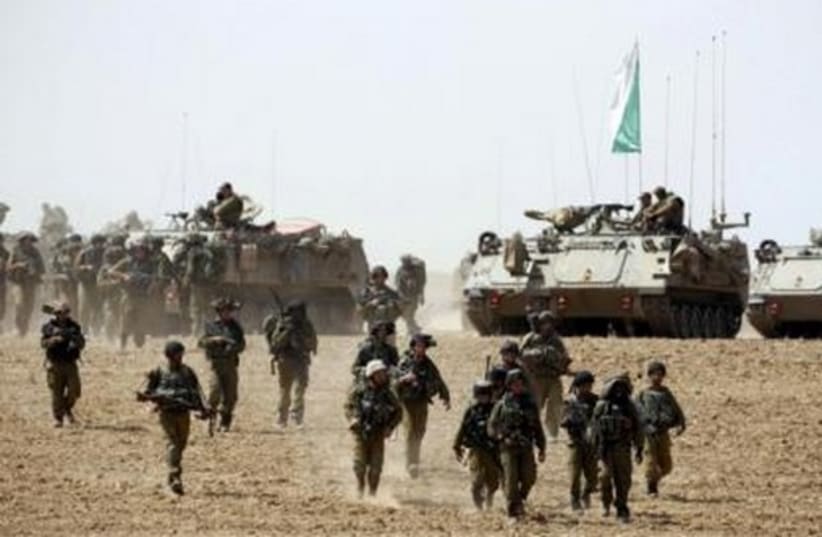FUNDAMENTALLY FREUND: The (Gaza) question that must be answered
The surest way to minimize the number of Palestinian rockets is to maximize Israeli control over Gaza. Allowing Hamas to command territory enables it to rearm, rebuild, reorganize for next round of fighting.
